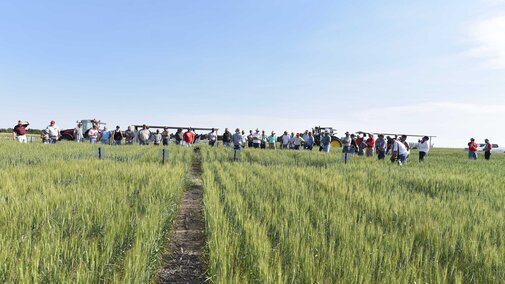This week’s wheat disease surveys in the southeast, south-central, southwest and the Panhandle of Nebraska were conducted concurrently with wheat field days in Perkins, Red Willow, Cheyenne, Banner, Box Butte and Deuel counties (Figure 1). Growth state ranged from milk in the northern Panhandle to ripening in the south-central and southeast.
The majority of fields visited in the southeast, south-central and southwest had only trace levels of Fusarium head blight (FHB). However, moderate to high levels of FHB were observed in susceptible varieties in a state variety trial in Red Willow County (Figure 2).
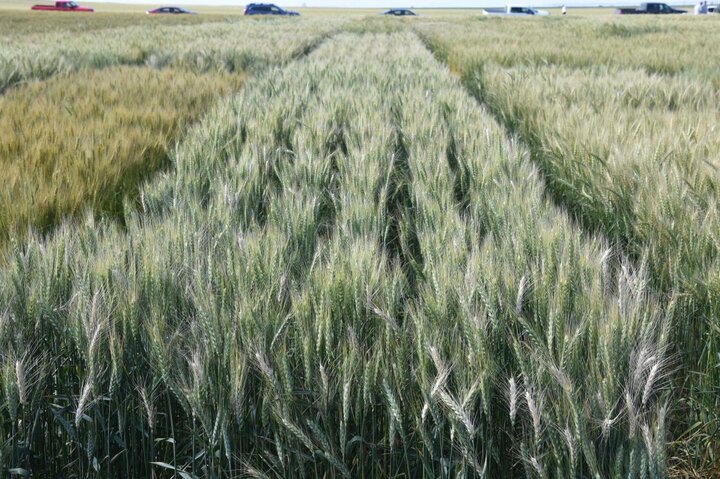
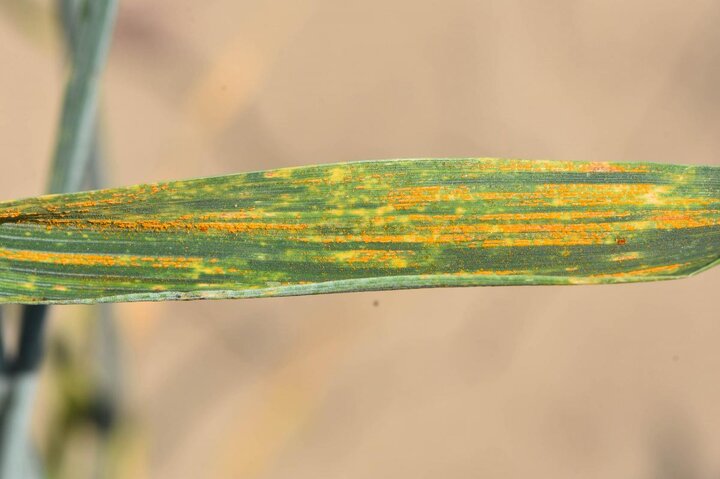
Incidence and severity of stripe rust (Figure 3) were moderate at the High Plains Ag Lab in Cheyenne County and high in a state variety trial and grower’s field in Deuel County. However, current hot temperatures and drought-like conditions have significantly slowed down its development.
In Banner County, no diseases were observed in the state variety trial, but some wheat varieties showed moderate to high levels of drought stress (Figure 4).
Trace levels of bacterial streak (Figure 5) were observed in state variety trials in Perkins and Box Butte counties.
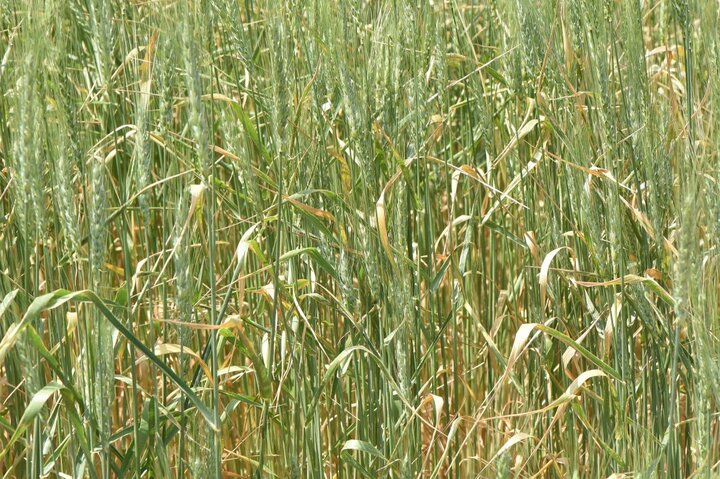
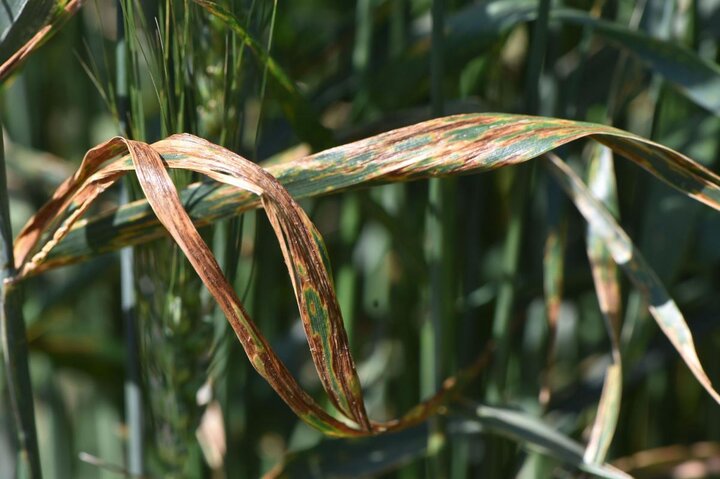
Management
Wheat is past the flowering growth stage and therefore, it is too late to apply a fungicide to control fungal diseases. Stripe rust was effectively controlled in fields that received a fungicide application earlier. In fields that were not sprayed in the Panhandle, hot and dry weather has significantly slowed down the development of stripe rust.
